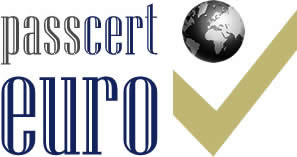
ISO 31000:2018
Many activities of an organization contain risks. Organizations determine and analyze the risks they may face, and manage by evaluating whether they will change the risk by making risk ratings.
Throughout this process, organizations control changes in their activities, communicate with their stakeholders, consult with them and make sure there are no additional issues to address risk, monitor and review risk by controlling factors that change existing risks.
The standard describes this systematic and logical process in detail. While all organizations manage risk to some extent, this standard establishes many principles that must be provided to make risk management effective.
This standard recommends that organizations develop, implement and continuously improve a framework to integrate the process related to risk management in line with the general administration, strategy and planning, management, reporting processes, policies, values and culture.
The general approach described in this standard provides the principles and general principles to manage risk of any character in a systematic, transparent and reliable manner, within scope and content.
- predicts difficult situations that may arise in the future,
- Risks to take precautions before they occur is provided,
- Surprise and losses are minimized,
- Quick and helps to make effective decisions,
- Time savings allows,
- prevents the waste of resources,
- Provides kept at reasonable levels of risk
- Business continuity is ensured,
- Increases the likelihood of achieving goals,
- Encourages proactive management,
- Ensures awareness of the need to identify and address risk throughout the organization,
- Provides analysis of opportunities and threats,
- Helps to comply with relevant legal and regulatory requirements and international norms,
- Helps to improve stakeholder trust and confidence,
- Provides a reliable basis for decision-making and planning,
- Provides ease of allocating and using resources effectively to address risk,
- Ensures operational efficiency and increases efficiency,
- Loss prevention and case management heals.


